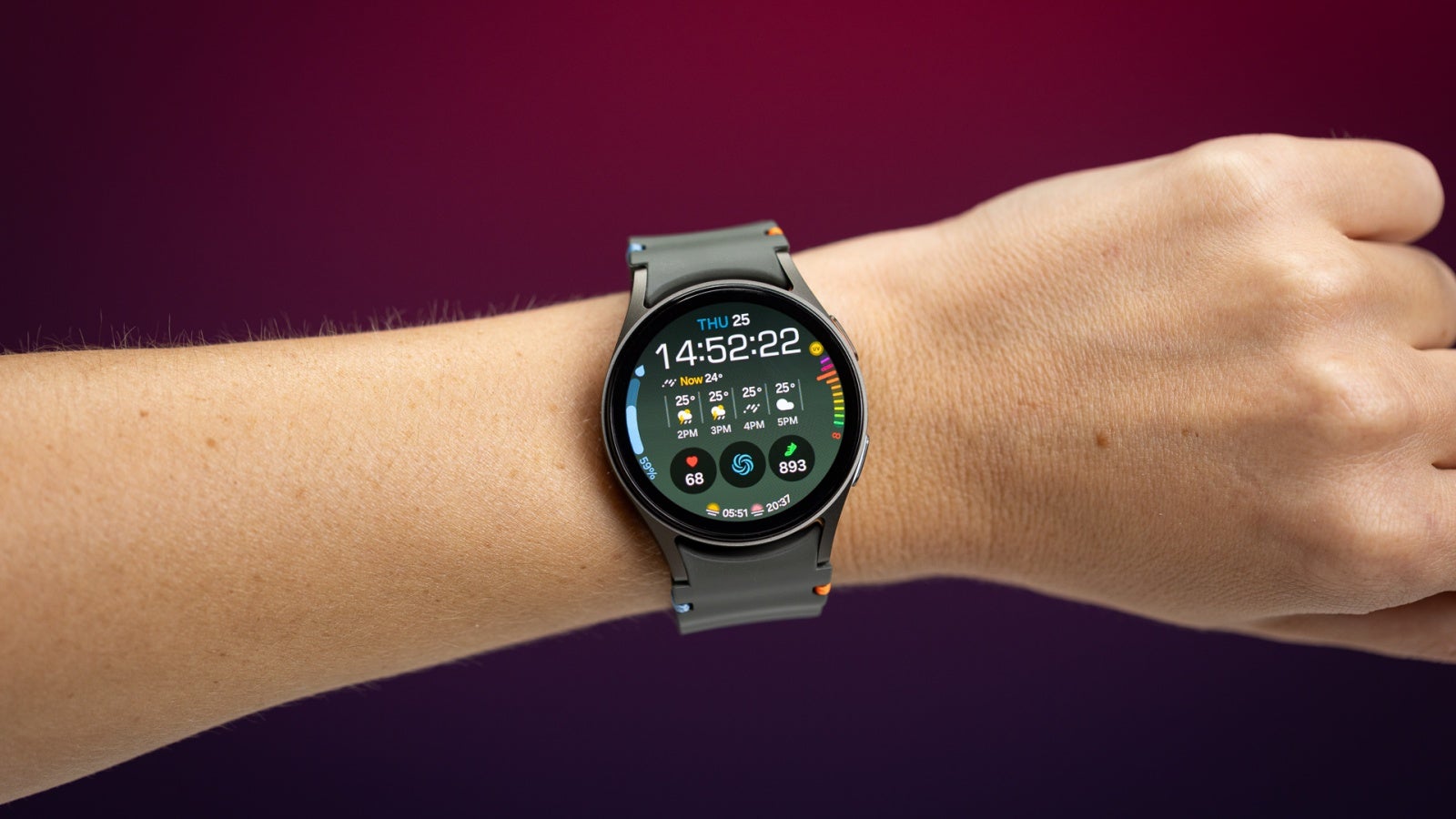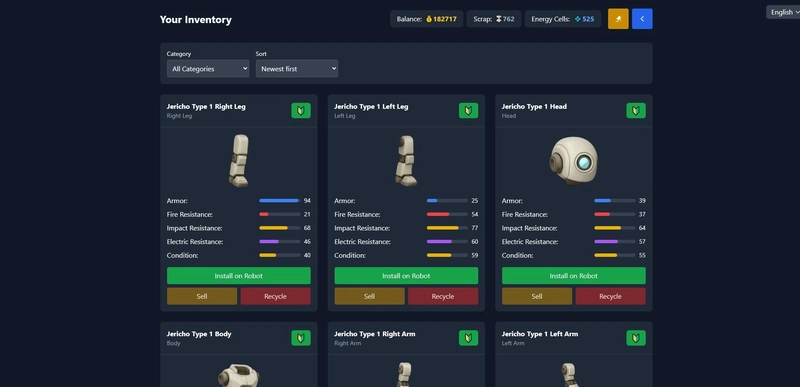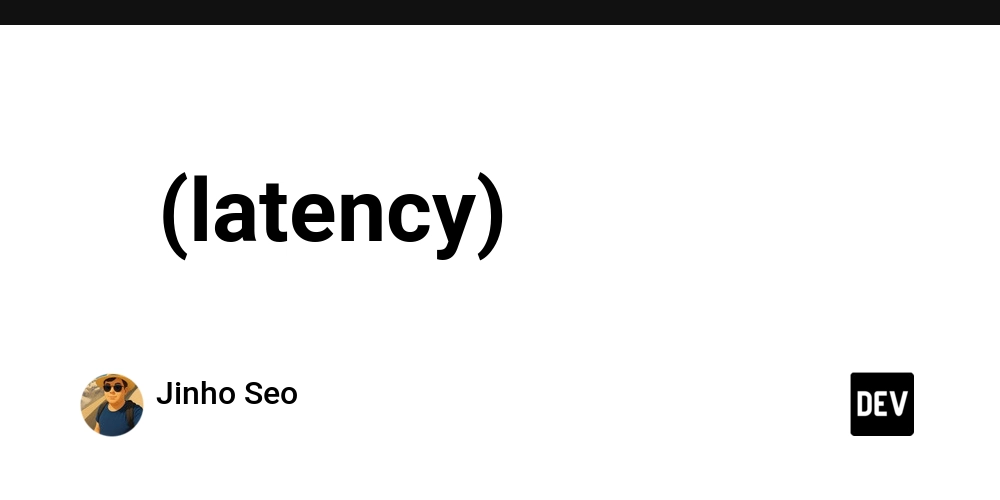Amazon RDS vs Aurora: Which Is Best for Your Database Needs?
RDS vs Aurora: Performance, Scalability, and Cost Breakdown,Understanding : Which to Choose? Overview: Amazon RDS (Relational Database Service): Managed database service supporting multiple database engines (MySQL, PostgreSQL, MariaDB, SQL Server, Oracle). Amazon Aurora: A fully managed, MySQL and PostgreSQL-compatible relational database built for the cloud, offering high performance and scalability. Key Features: RDS: Supports multiple database engines (MySQL, PostgreSQL, SQL Server, etc.). Automated backups, patch management, and recovery. Scalability for both compute and storage. Read replicas for scaling read-heavy workloads. Aurora: Compatible with MySQL and PostgreSQL. Offers up to 5x the performance of standard MySQL and 2x the performance of PostgreSQL. Built-in fault tolerance with self-healing storage. Global databases for low-latency, multi-region applications. Auto-scaling storage up to 64TB. Real-Time Use Cases: RDS: Suitable for small to medium-sized applications where simplicity and support for multiple database engines are needed. Applications that require database engines like Oracle, SQL Server, or MariaDB. Aurora: High-performance applications like gaming platforms, financial applications, or large-scale web applications. Use cases requiring low-latency multi-region access and large-scale scaling. Advantages: RDS: Easy to set up and use. Supports a variety of database engines. Lower cost for smaller databases. Fully managed with automatic backups and patching. Aurora: Higher performance with MySQL and PostgreSQL compatibility. High availability with fault tolerance and automatic failover. Scalable with auto-scaling storage. Faster recovery and read performance due to Aurora’s architecture. Disadvantages: RDS: Performance may not match Aurora in high-demand scenarios. Limited to the performance of the database engine you choose. Less scalability and fault tolerance compared to Aurora. Aurora: More expensive than RDS for equivalent workloads. Limited to MySQL and PostgreSQL compatibility. Complex pricing structure due to additional features like storage scaling. Cost Comparison: RDS: Generally more affordable, with flexible pricing based on the chosen database engine and instance size. Aurora: Higher cost due to better performance and advanced features. Costs are based on the database instances, I/O requests, and storage consumed. When to Use Which? Use Amazon RDS if: You need support for multiple database engines. You have smaller-scale applications and need to minimize cost. Performance requirements are moderate, and you don’t need high scalability. Use Amazon Aurora if: You require high performance and scalability. Your application demands low latency, fault tolerance, and high availability. You need MySQL or PostgreSQL compatibility but with better cloud optimization. Final Summary: Amazon RDS is a good choice for a wide range of database engines and basic scalability needs, making it suitable for smaller workloads. Amazon Aurora is ideal for larger, performance-driven applications that need the scalability, availability, and high throughput offered by Aurora’s cloud-native architecture. Venkat C S
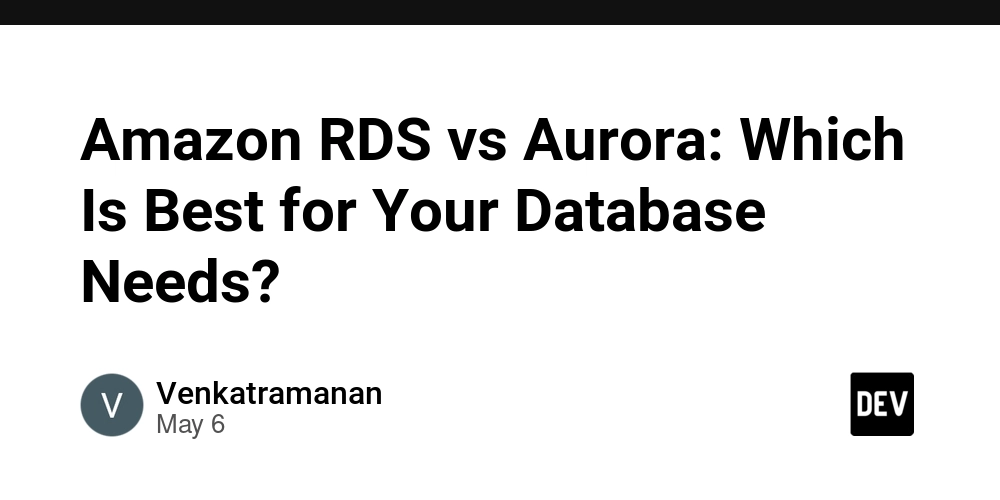
RDS vs Aurora: Performance, Scalability, and Cost Breakdown,Understanding : Which to Choose?
Overview:
Amazon RDS
(Relational Database Service): Managed database service supporting multiple database engines (MySQL, PostgreSQL, MariaDB, SQL Server, Oracle).
Amazon Aurora:
A fully managed, MySQL and PostgreSQL-compatible relational database built for the cloud, offering high performance and scalability.
Key Features:
RDS:
Supports multiple database engines (MySQL, PostgreSQL, SQL Server, etc.).
Automated backups, patch management, and recovery.
Scalability for both compute and storage.
Read replicas for scaling read-heavy workloads.
Aurora:
Compatible with MySQL and PostgreSQL.
Offers up to 5x the performance of standard MySQL and 2x the performance of PostgreSQL.
Built-in fault tolerance with self-healing storage.
Global databases for low-latency, multi-region applications.
Auto-scaling storage up to 64TB.
Real-Time Use Cases:
RDS:
Suitable for small to medium-sized applications where simplicity and support for multiple database engines are needed.
Applications that require database engines like Oracle, SQL Server, or MariaDB.
Aurora:
High-performance applications like gaming platforms, financial applications, or large-scale web applications.
Use cases requiring low-latency multi-region access and large-scale scaling.
Advantages:
RDS:
Easy to set up and use.
Supports a variety of database engines.
Lower cost for smaller databases.
Fully managed with automatic backups and patching.
Aurora:
Higher performance with MySQL and PostgreSQL compatibility.
High availability with fault tolerance and automatic failover.
Scalable with auto-scaling storage.
Faster recovery and read performance due to Aurora’s architecture.
Disadvantages:
RDS:
Performance may not match Aurora in high-demand scenarios.
Limited to the performance of the database engine you choose.
Less scalability and fault tolerance compared to Aurora.
Aurora:
More expensive than RDS for equivalent workloads.
Limited to MySQL and PostgreSQL compatibility.
Complex pricing structure due to additional features like storage scaling.
Cost Comparison:
RDS:
Generally more affordable, with flexible pricing based on the chosen database engine and instance size.
Aurora:
Higher cost due to better performance and advanced features. Costs are based on the database instances, I/O requests, and storage consumed.
When to Use Which?
Use Amazon RDS if:
You need support for multiple database engines.
You have smaller-scale applications and need to minimize cost.
Performance requirements are moderate, and you don’t need high scalability.
Use Amazon Aurora if:
You require high performance and scalability.
Your application demands low latency, fault tolerance, and high availability.
You need MySQL or PostgreSQL compatibility but with better cloud optimization.
Final Summary:
Amazon RDS is a good choice for a wide range of database engines and basic scalability needs, making it suitable for smaller workloads.
Amazon Aurora is ideal for larger, performance-driven applications that need the scalability, availability, and high throughput offered by Aurora’s cloud-native architecture.
Venkat C S



















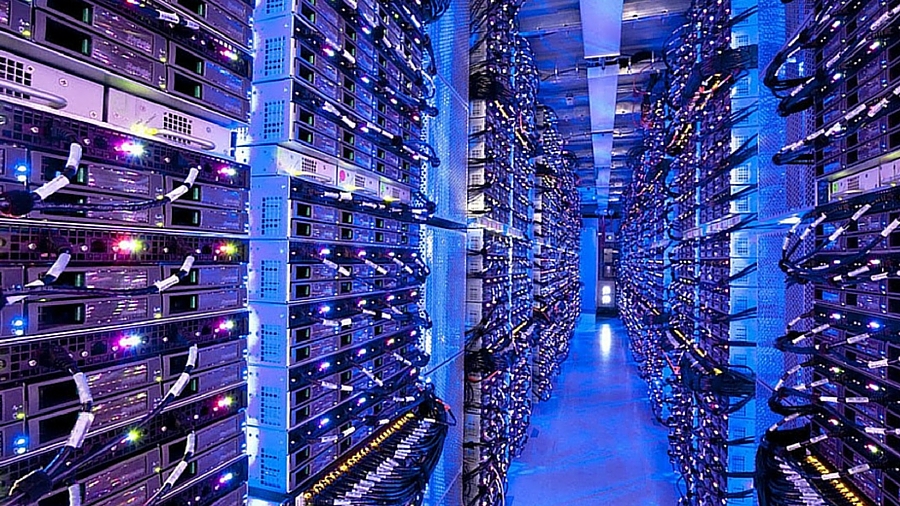










































![[The AI Show Episode 146]: Rise of “AI-First” Companies, AI Job Disruption, GPT-4o Update Gets Rolled Back, How Big Consulting Firms Use AI, and Meta AI App](https://www.marketingaiinstitute.com/hubfs/ep%20146%20cover.png)





















































































































































































































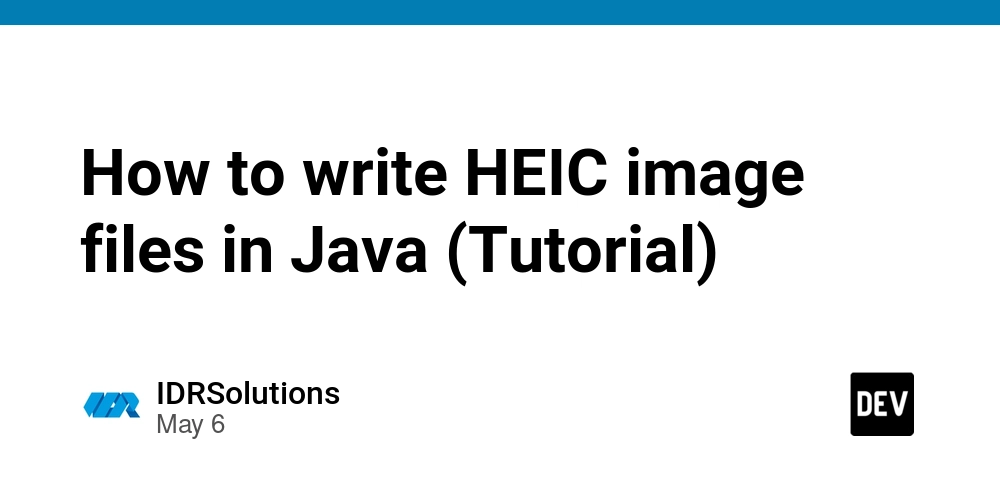




























































































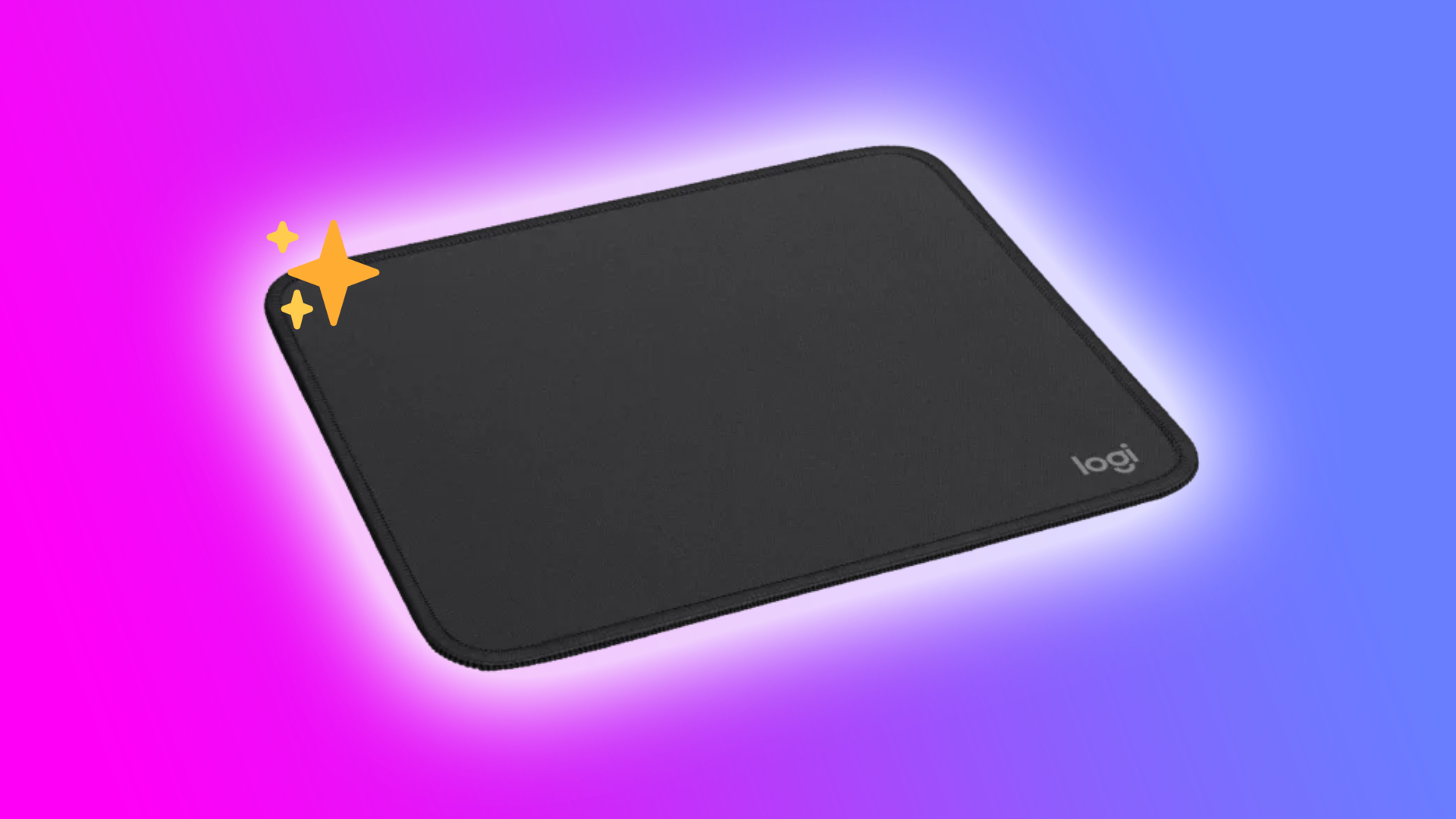





































































 Stolen 884,000 Credit Card Details on 13 Million Clicks from Users Worldwide.webp?#)



































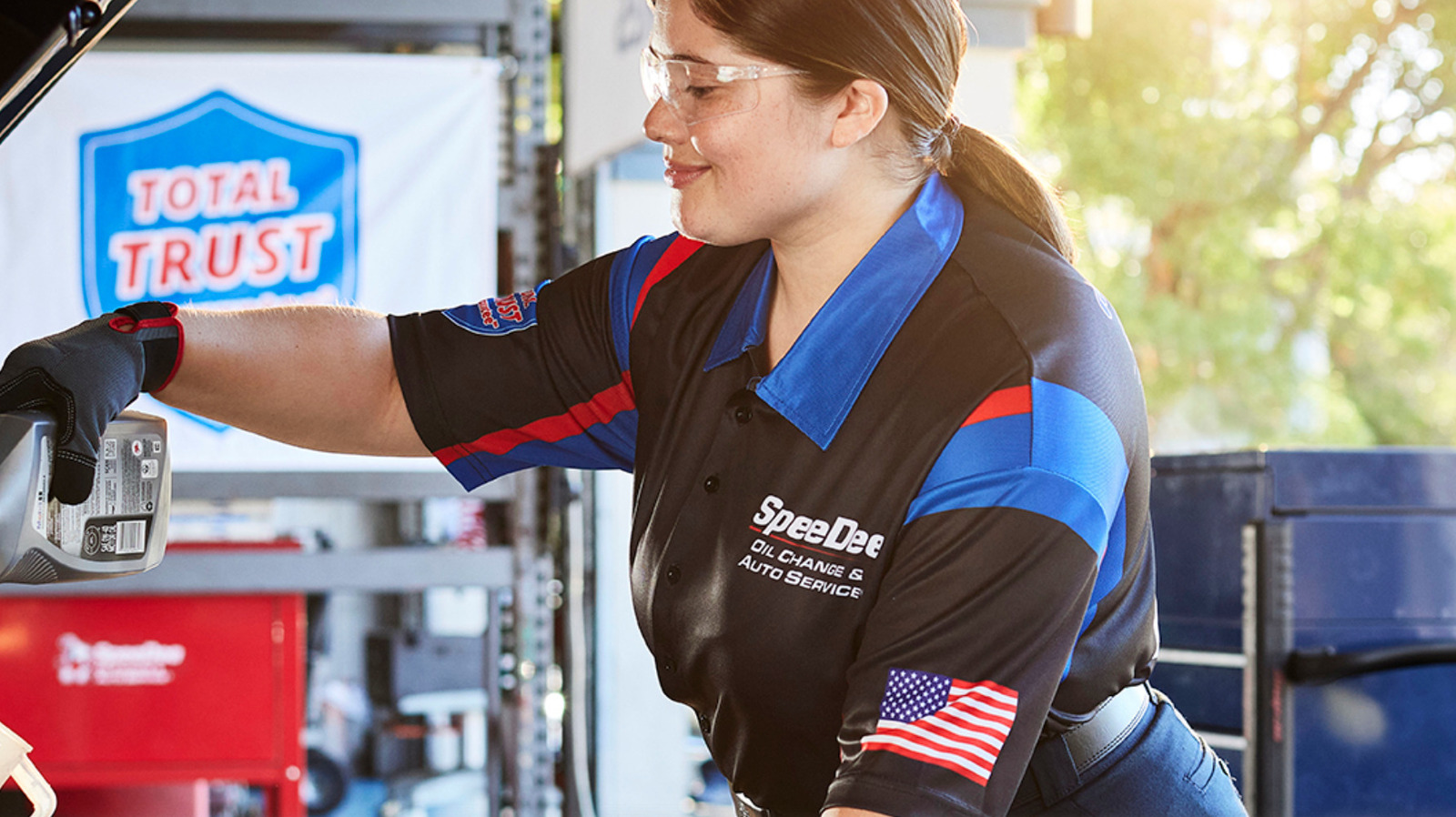









































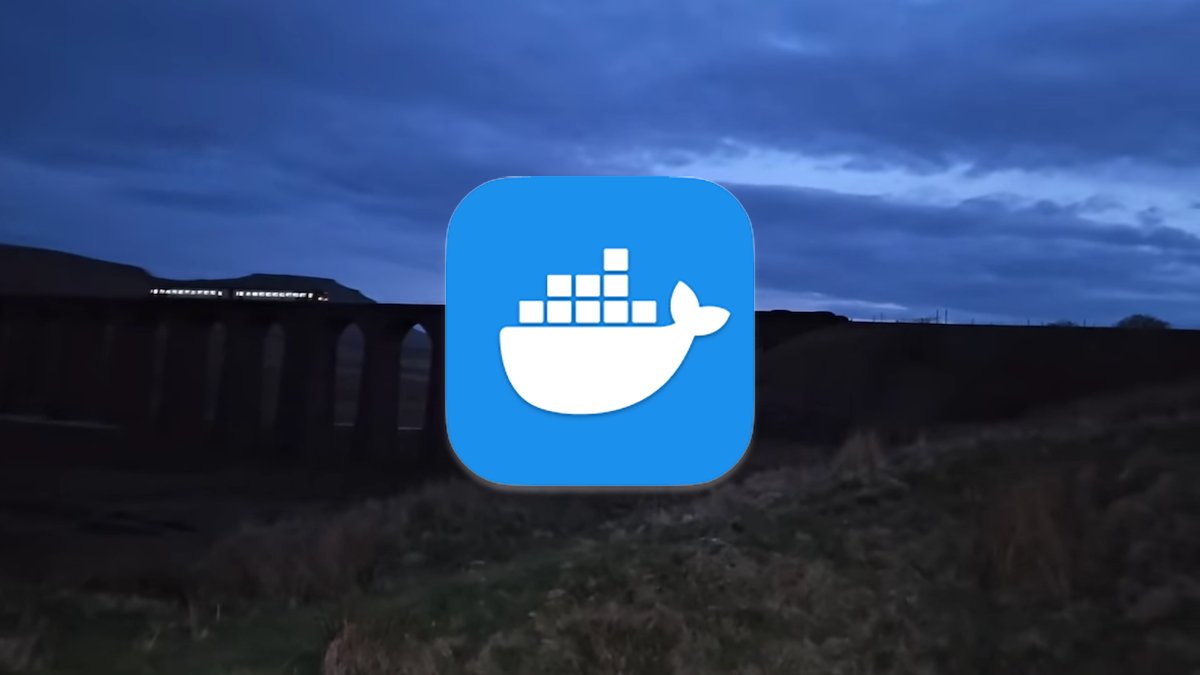
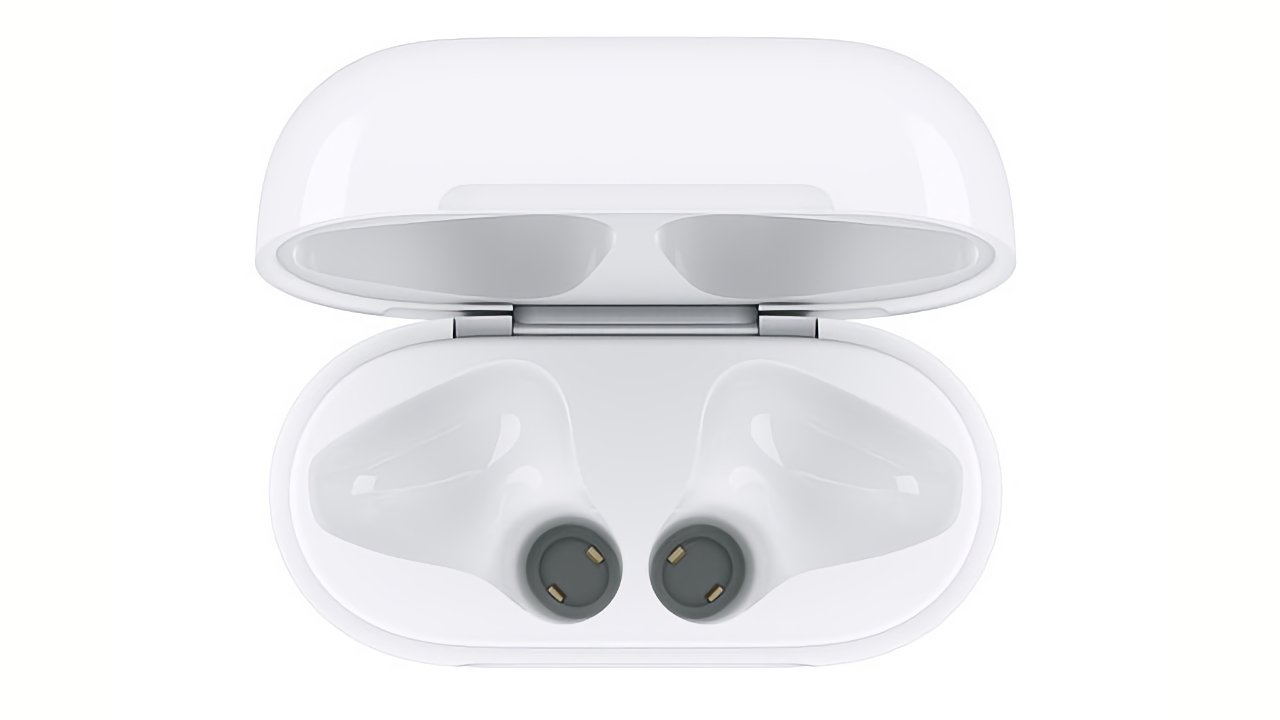


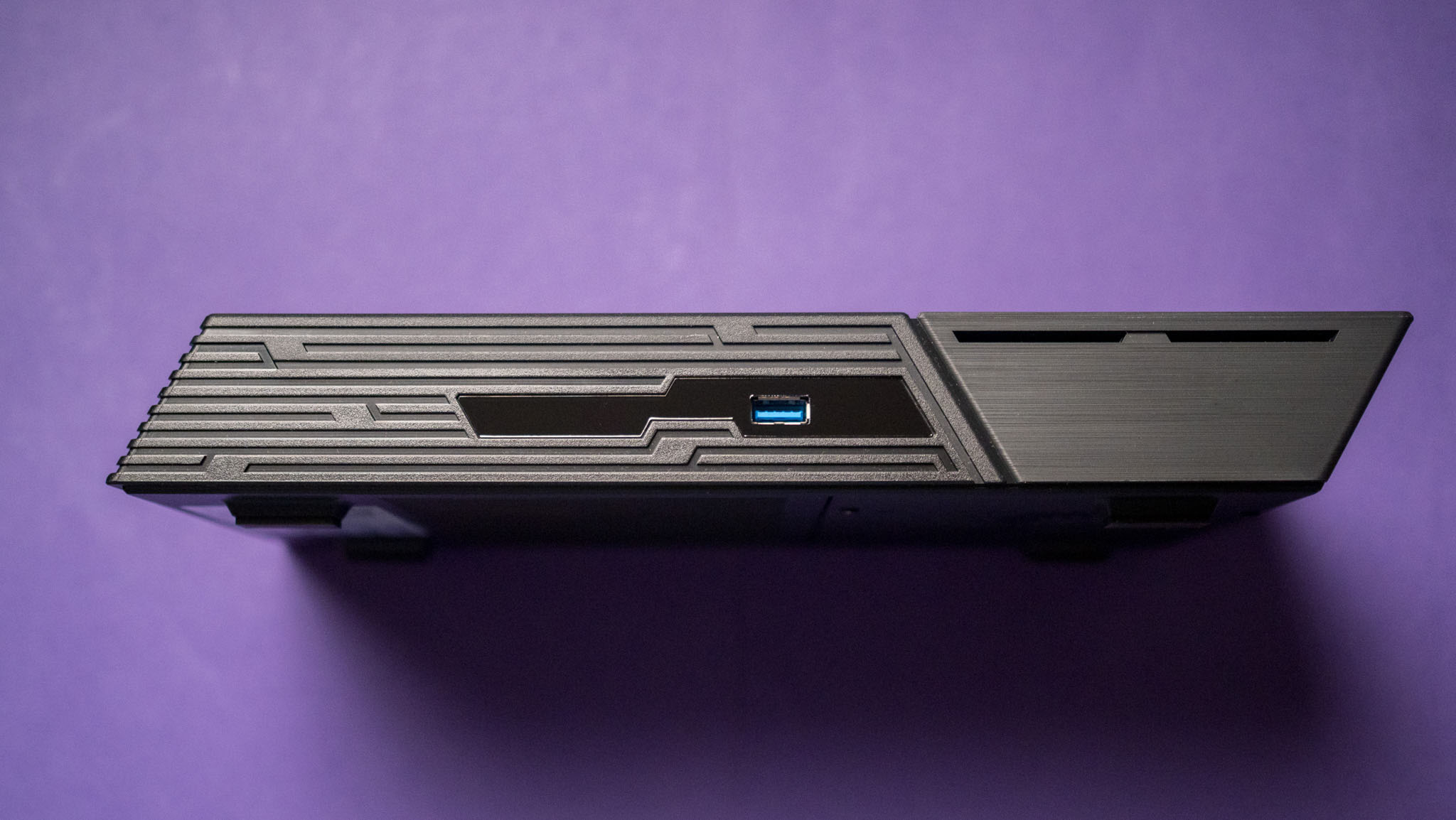






![Cringeworthy Google ad mocks the iPhone 17 design even before it launches [Video]](https://i0.wp.com/9to5mac.com/wp-content/uploads/sites/6/2025/05/Cringeworthy-Google-ad-mocks-the-iPhone-17-design-even-before-it-launches-Video.jpg?resize=1200%2C628&quality=82&strip=all&ssl=1)




![Chrome 136 tones down some Dynamic Color on Android [U]](https://i0.wp.com/9to5google.com/wp-content/uploads/sites/4/2023/03/google-chrome-logo-4.jpg?resize=1200%2C628&quality=82&strip=all&ssl=1)














![Apple Shares Official Teaser for 'Highest 2 Lowest' Starring Denzel Washington [Video]](https://www.iclarified.com/images/news/97221/97221/97221-640.jpg)

![Under-Display Face ID Coming to iPhone 18 Pro and Pro Max [Rumor]](https://www.iclarified.com/images/news/97215/97215/97215-640.jpg)















































